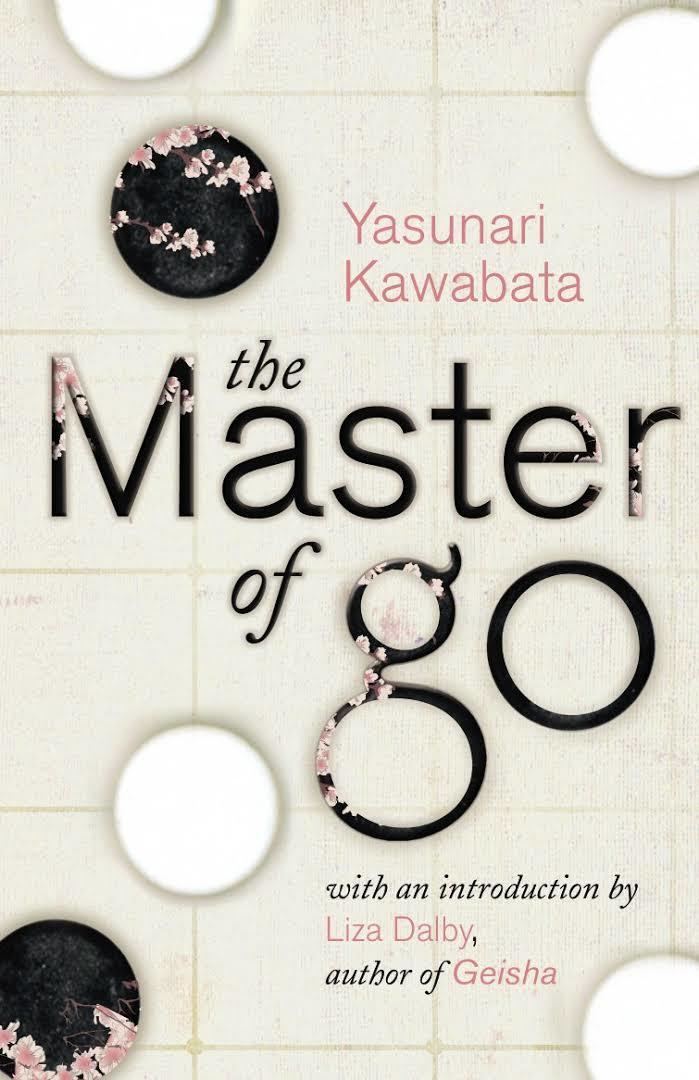7.6 /10 1 Votes7.6
Original title Meijin (名人) Published in English 1972 (Knopf) OCLC 832372867 | 3.8/5 Goodreads Country Japan Publisher Shincho magazine Originally published 1951 Genre Historical Fiction Published in english 1972 (Alfred A. Knopf) | |||||||||||||||||||||||||||||||||
 | ||||||||||||||||||||||||||||||||||
Publication date 1951 (magazine)1954 (novel) Similar Beauty and Sadness, Thousand Cranes, The Sound of the Mountain, The House of the Sleeping, Palm‑of‑the‑Hand Stories | ||||||||||||||||||||||||||||||||||
Book review the master of go by yasunari kawabata and some background history
The Master of Go is a novel by the Japanese author Yasunari Kawabata, first published in serial form in 1951. Titled Meijin (名人) in its original Japanese, Kawabata considered it his finest work, although it is in contrast with his other works. It is the only one of Kawabata's novels that the author considered to be finished.
Contents
- Book review the master of go by yasunari kawabata and some background history
- Plot
- Themes
- Publication
- References
Plot
It is a semi-fictional chronicle of the lengthy 1938 "retirement game" of Go by the respected master Honinbo Shūsai, against the up-and-coming player Minoru Kitani (although the latter's name is changed to Otaké in the book). It was the last game of the master Shūsai's career, a lengthy struggle which took almost six months to complete; he narrowly lost to his younger challenger, to die a little over a year thereafter.
Themes
Kawabata had actually reported on the match for the Mainichi newspaper chain, and some sections of the book are reworked versions of his original newspaper columns.
The book has many layers of meaning, more so than Kawabata's other works. As well as simply describing the game, on the surface there are the inherent themes of the struggle between the older player whose powers are fading, and his younger challenger; and also the clash between the differing playing styles, and the personalities in which they are to some degree rooted. The book also describes vividly how the Master and the challenger dealt with exhausting struggles against themselves. The book reflects the tension between old traditions and new pragmatism - for example, commenting upon the rigid rules governing the contest, the author writes:
From the way of Go, the beauty of Japan and the Orient had fled. Everything had become science and regulation.Finally, as a retelling of a climactic struggle, translator Edward Seidensticker considers it a symbolic parallel to the defeat of Japan in World War II, an event which affected Kawabata deeply. Kawabata began work on the book during the war, but did not complete it until well after the end of it.
The game, as actually played in real life, lasted 237 moves, and is documented in the book by means of diagrams. Kitani Minoru, playing Black, won by 5 points. The game can be downloaded in .sgf format. The book is frequently used by western Go players as a starting point to explore the place of Go in Japanese society and it is commonly recommended to younger players.
Publication
The book was translated into English (ISBN 978-0-394-47541-7) in 1972, by Seidensticker. The original Japanese book version, published in 1954, was somewhat longer than the version translated by Seidensticker, which was Kawabata's later revision.
The book has been translated into more than a dozen other languages.
